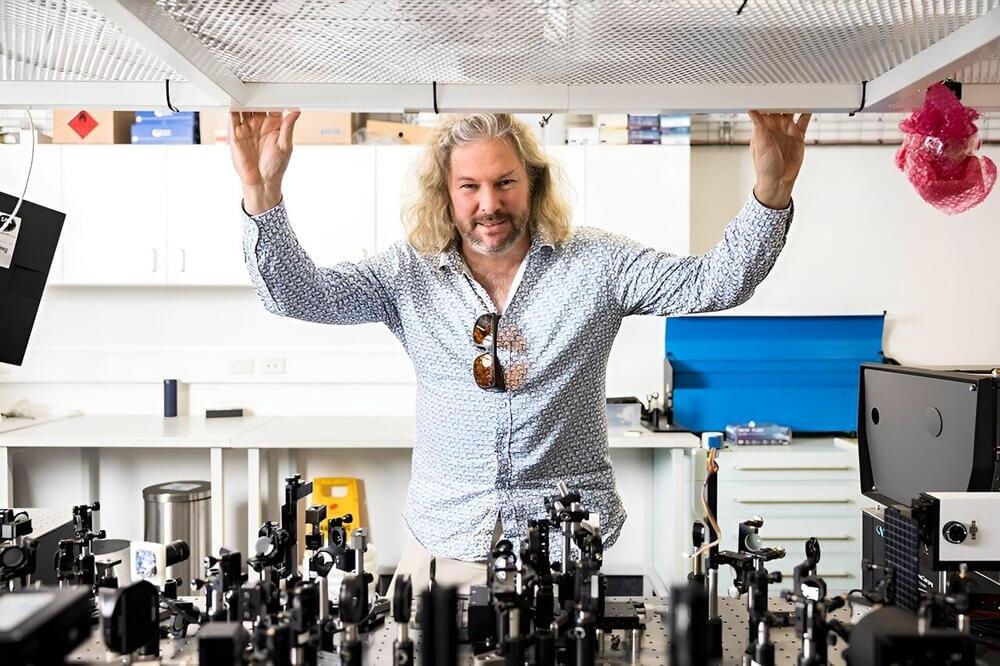Get the latest international news and world events from around the world.
Eliminativism — The Radical Philosophy of the Mind
Eliminativism is a radical philosophical theory that holds that certain folk psychological concepts, such as beliefs, desires, and emotions, do not exist. Eliminativists argue that these concepts are either false or useless, and that we should eliminate them from our scientific and philosophical vocabulary.
This video will explore the philosophy of eliminativism in detail. We will discuss the arguments for and against eliminativism, as well as the implications of eliminativism for our understanding of the mind.


Magnetic fields help understand light particle splitting for boosting solar cell efficiency
Scientists are closer to giving the next generation of solar cells a powerful boost by integrating a process that could make the technology more efficient by breaking particles of light—photons—into small chunks.
In a study published in Nature Chemistry researchers unravel the scientific understanding of what happens when light particles split—a process called singlet fission —and its underlying workings.
Lead researcher Professor Tim Schmidt from UNSW Sydney’s School of Chemistry has studied singlet fission for more than a decade. He says the process could be invoked and applied to improve existing silicon solar cell technologies.

New AI Robot with Human Brain Shocks the World! (They’ve Crossed the Line)
Recent advancements in AI and robotics have led to significant breakthroughs, including a robot with a brain-on-a-chip in China and Skild AI’s development of a universal robot brain for complex tasks. Meanwhile, Zen Technologies in India has introduced Prahasta, a four-legged robot equipped with advanced LIDAR and AI for defense purposes, capable of navigating difficult terrains and carrying heavy loads. These innovations highlight the rapid evolution of robotics technology, blending artificial intelligence with physical capabilities in unprecedented ways, poised to transform industrial, defense, and healthcare sectors.
#ai #robot
Silicon Valley’s Disruption: Millions of Jobs to Vanish by 2030
Silicon Valley will make oil, nuclear, natural gas, coal, electric utilities, and conventional gas cars obsolete by 2030, leading to the greatest explosion in wealth in history by 2050 Questions to inspire discussion What industries will become obsolete by 2030? —Oil, nuclear, natural gas, coal, electric utilities, a.

Tesla FSD V12.5 Rollout: Significant Improvement and Potential for Tesla-Owned Fleet
Brighter with Herbert.